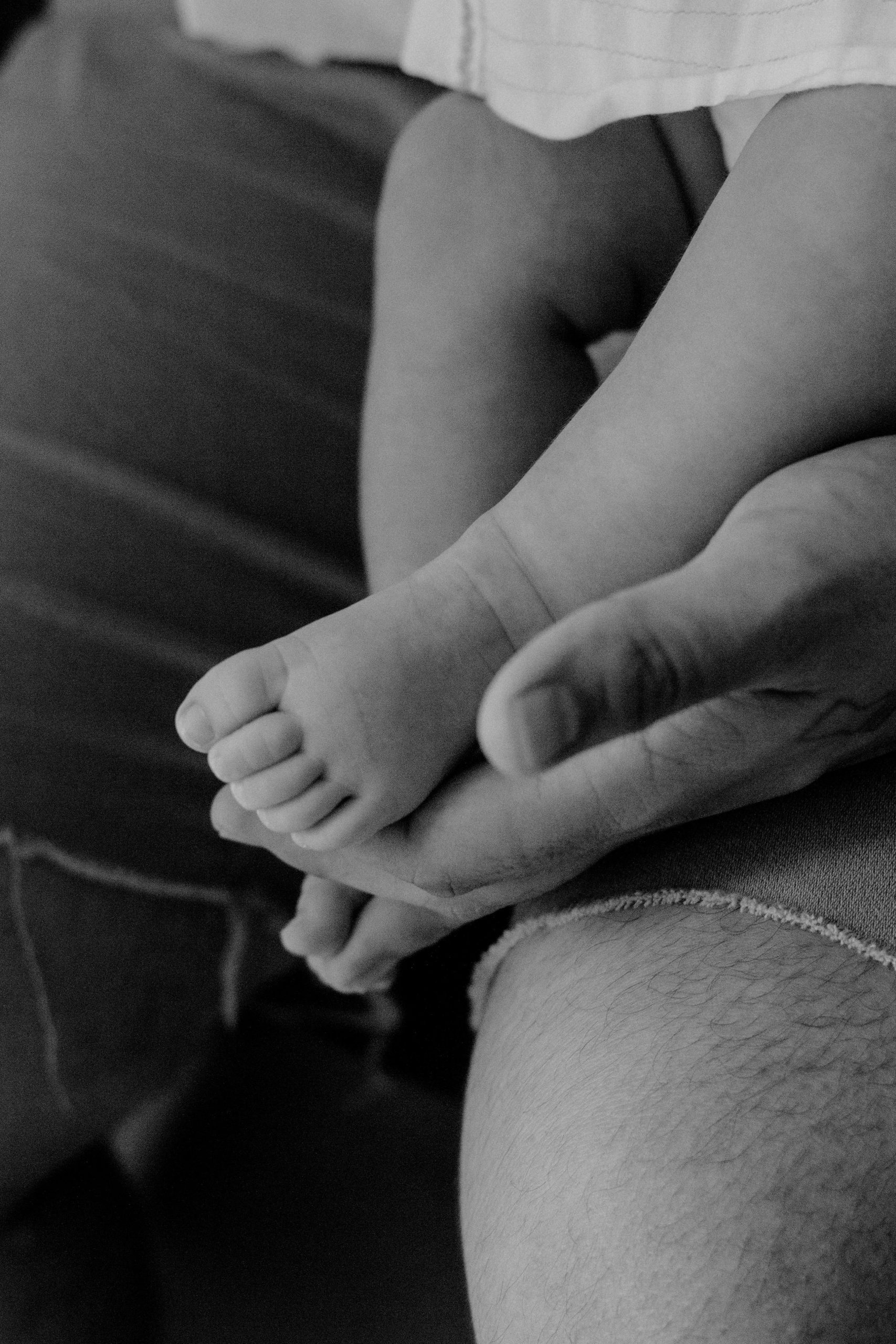

Changes to paternity leave explained
Working fathers are now able to benefit from increased flexibility thanks to changes to paternity leave that recently came into effect in the UK. For many, this provides more opportunities create a healthier work / life balance. Although there has been no change in the amount of leave entitlement or to the level of paternity pay. So, what’s actually changed? Find our break down and independent legal advice below.
Background to the changes
The changes to paternity leave were first announced by the government in June 2023 following a consultation on parental leave and pay. The government’s response in this way was a signal that they were going to make efforts to improve gender equality and work-life balance by changing legislation.
Many of the established rules around paternity leave are still in place. For instance, to be eligible to take statutory paternity leave you must be:
- Legally classed as an employee
- The child’s biological father or partner of the mother
- The person who has ongoing parental responsibility for the child (if you are no longer with your partner)
Employers are also still required to grant parental leave without causing ‘detriment’ to the employee in question. Common examples of ‘detriment’ are bullying, harassment, reduced hours, and not being considered for promotions. As such, parental leave can be the basis for worker grievances, which can in turn lead to an employment tribunal.
How is paternity leave changing in the UK?
The changes to the Paternity Leave (Amendment) Regulations 2024 came into effect on March 8th, although only apply to parents whose child is expected to be born or adopted after April 6th. They brought four main developments, which are:
- Employees can now take their paternity leave any time in the 52 weeks after the birth or adoption of their child.
- Employees can now separate their leave into separate one-week blocks, whereas previously it was required that they take the entire two-week entitlement in consecutive weeks.
- The previous 15-week notice period before the expected week of childbirth or adoption has been replaced by 28 days (4 weeks).
- Employees can make alterations to any of the dates specified for the leave to be taken so long as the employer is given at least 28 days’ notice.
As an employer, it’s important you update your HR policies and procedures to reflect these changes. You should also check if any of your staff have outstanding parental leave arrangements. If so, expect them to come forward to discuss their leave. It’s also the case that many employers offer parental leave that’s over the minimum provision, so you might need to consider how your arrangements function given the changes.
Looking for employment law advice?
Employment Law Services Ltd (ELS) are an award winning firm providing legal services and employment legal advice. We got to where we are today by always monitoring changes to the landscape of employment law. This allows our experts to make recommendations that are highly relevant to the challenges facing both employers and employees. We can help you do what’s best for your workers by making the updates necessary to fulfil changes like those to paternity leave. Contact us if you have any questions.
 Advice on Settlement Agreements
Advice on Settlement Agreements Employment Tribunal Representation
Employment Tribunal Representation